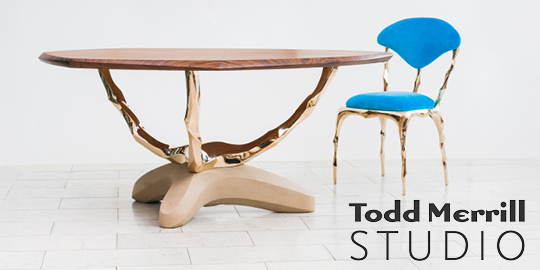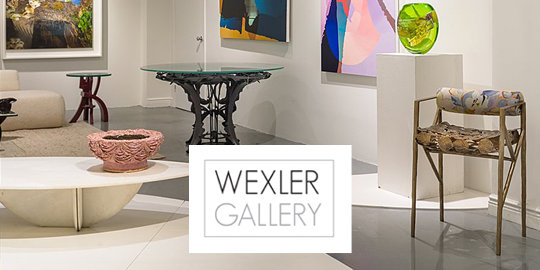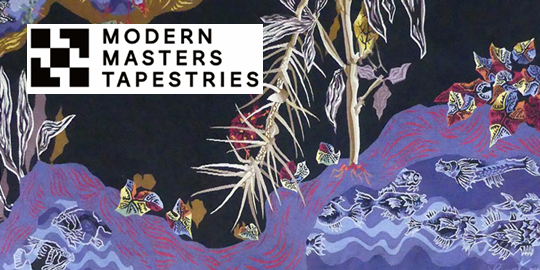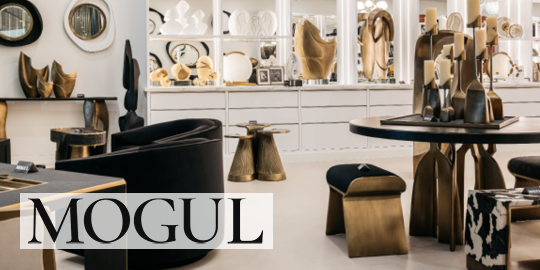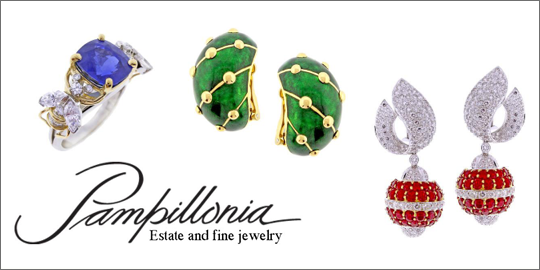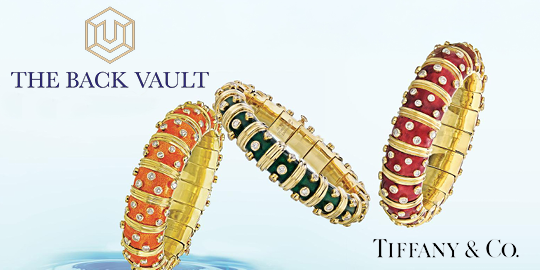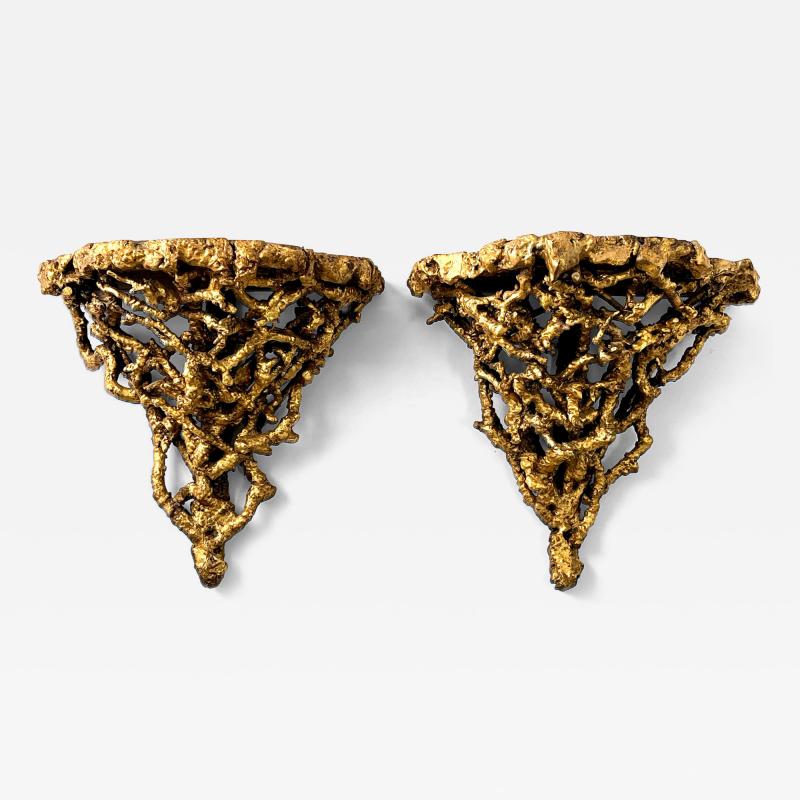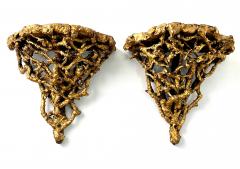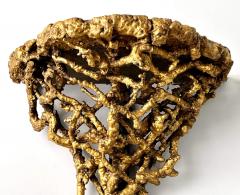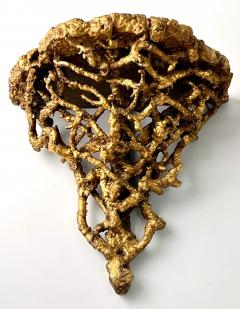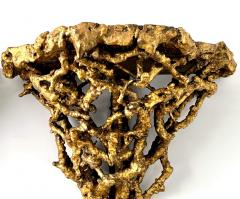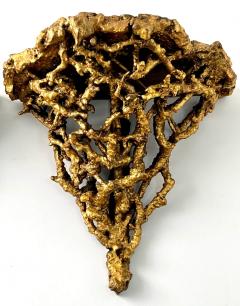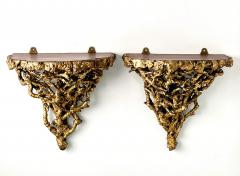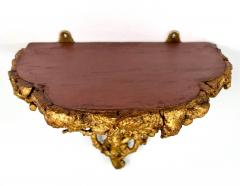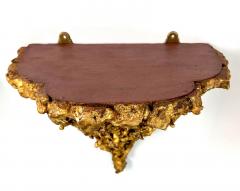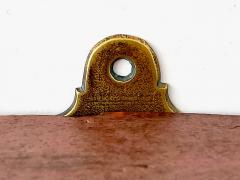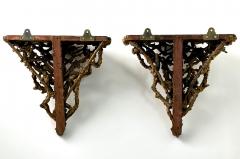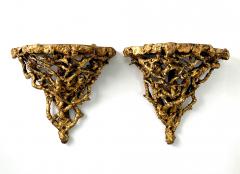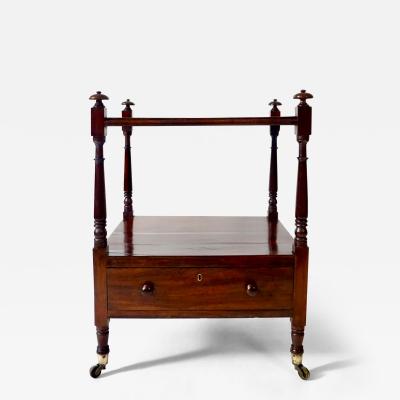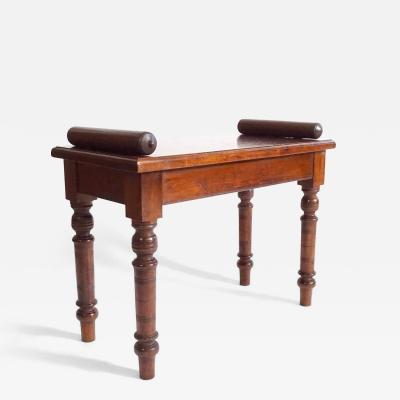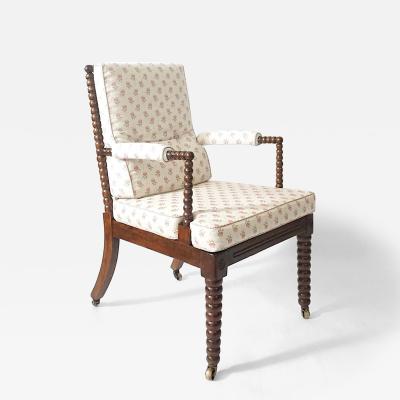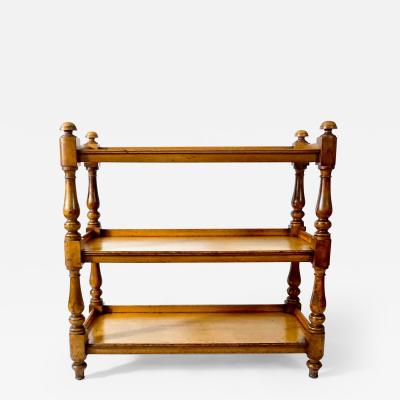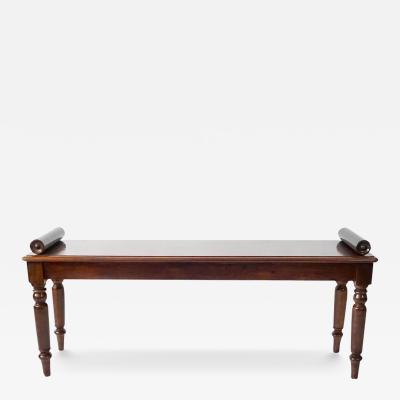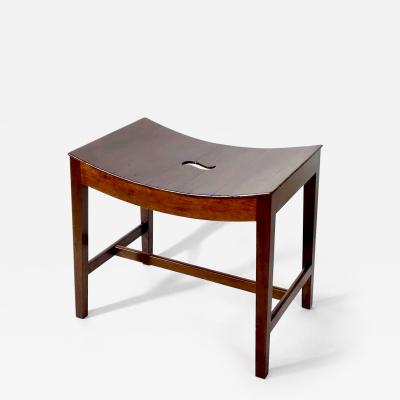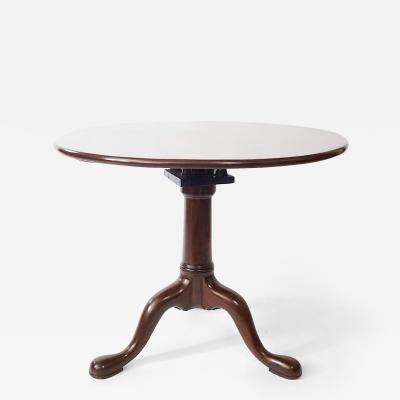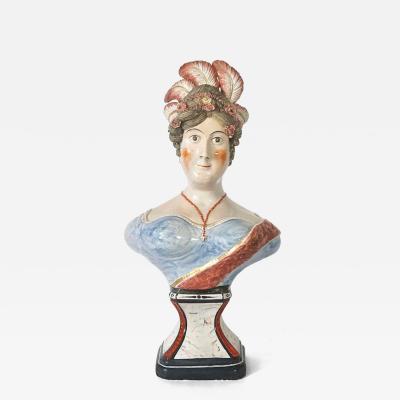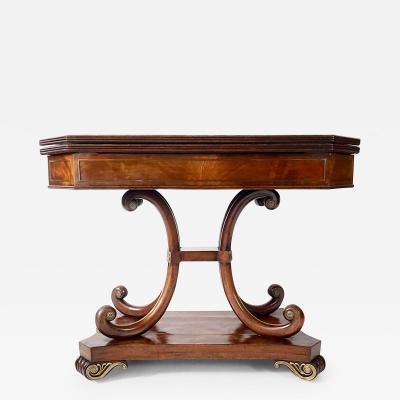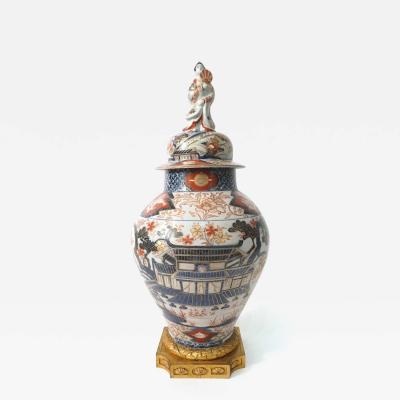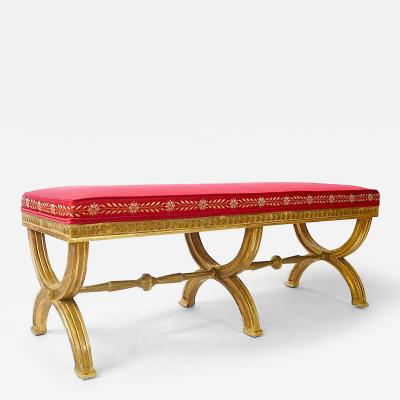- FINE ART
-
FURNITURE + LIGHTING
Shop By Category
Shop By Artist
- NEW + CUSTOM
- DECORATIVE ARTS
-
JEWELRY
Shop By Category
Shop By Artist
- INTERIORS
- MAGAZINE
Listings / Decorative Arts / Wall Art / Other
Showrooms
George III 'Rustic' Giltwood Wall Brackets, circa 1800
Price Upon Request
-
Tear Sheet Print
- Save
- BoardAdd to Board
-
-
Description
A spectacular and exceptionally rare pair of English, possibly Irish, George III circa 1800 wall brackets or shelves in 'Rustic' style, the cusped shaped tops in original 'red ochre' paint with period brass hanging tabs, the tapering 'bodies' composed of fully gilded twigs and rootwood in original finish.
Provenance: The collection of Sir John Boorman at The Glebe, Annamoe, County Wicklow, Ireland.
The 'Rustic' style in design emerged in Great Britain from the 'Picturesque' movement within Romanticism of the 18th century as a quiet rebellion against the formality of Baroque and Neoclassical architectural styles and was largely ephemeral due to it's inherently specific application; that it being intended for the 'cottage orné', follies, and grottos of the landed gentry. Frances Collard states "Rustic furniture, particularly that made of untrimmed branches and roots, appeared in the designs of Thomas Chippendale and Thomas Johnson and were featured in an anonymous work published by Josiah Taylor's 'Architectural Library, "Ideas for Rustic Furniture", from 1790-5". The Duke of Buccleuch's "Bower", a famous "Rustic" interior of the period, is described in Louis Simond's 'Journal of a Tour and Residence in Great Britain, during the years 1810 and 1811, by a French Traveller' as "inside was covered; walls, ceiling, chairs, and sofa, with moss ingeniously woven into a solid velvetty matting; the tables and frames of seats were of rough sticks and roots....". Given the exclusivity of the 'Rustic' style, as opposed to the ubiquitousness and egalitarianism of neoclassicism in the Georgian period, and the unorthodox nature of materials and construction, little survives today.
Note: Rare to find in any condition, but to find them in their original finish in a remarkable state of preservation is miraculous. Very well "stuck" together and not near as fragile as they look; a truly exceptional pair.
Literature:
Collard, Frances. 'Regency Furniture'. Woodbridge, Suffolk: Antique Collectors’ Club, 1985, pp. 227-32.
Simond, Louis. 'Journal of a Tour and Residence in Great Britain, during the years 1810 and 1811, by a French Traveller: With remarks on the country, its arts, literature, and politics, and on the manners and customs of its inhabitants'. Edinburgh: George Ramsay and Company, for Archibald Constable and Company, and Edinburgh and London: Longman, Hurst, Rees, Orme, and Brown, 1815, Vol. I., p. 344.
Heckscher, Morrison. 'Eighteenth Century Rustic Furniture Designs'. London: The Furniture History Society, "Furniture History", 1975, Vol. XI, pp. 59-65. -
More Information
Origin: England Period: 18th Century Materials: Giltwood, paint, brass Condition: Good. Wear commensurate with age and use. Please see 'note' in description. Creation Date: circa 1800 Number of Pieces: 2-3 Styles / Movements: Other, George III Patterns: Abstract, Handmade, Textured Incollect Reference #: 686457 -
Dimensions
W. 13 in; H. 12 in; D. 7.88 in; W. 33.02 cm; H. 30.48 cm; D. 20.02 cm;
Message from Seller:
Acroterion, the company, founded in late 2012, is by appointment in the historic Hudson Valley of upstate New York specializing in exceptional fine and decorative art from eastern to western, ancient to current; with a focus on the unique and timeless. The curated inventory is ever-changing and discriminately chosen by the founder and owner Randal Dawkins. Having a passion for fine objects and design from an early age, Mr. Dawkins graduated in 2004 from Sotheby’s Institute of Art, London.
Sign In To View Price
close
You must Sign In to your account to view the price. If you don’t have an account, please Create an Account below.
More Listings from Acroterion View all 124 listings
No Listings to show.
- English Regency Gonçalo Alves Low Etagere or Two-Tier Stand with Drawer, c. 1815
- English Aesthetic Movement Petite Chestnut Hall Bench or Window Seat, circa 1880
- English Regency Walnut Bobbin Armchair, circa 1825
- English Oak Etagere or Open Shelves, circa 1850
- English Mahogany Hall Bench, circa 1830
- English George III Mahogany 'Saddle Seat' Hall Bench, circa 1790
- English George II Solid Mahogany 'Pillar and Claw' Tilt-Top Table, circa 1740
- Large Staffordshire Portrait Bust of Queen Caroline, England, circa 1820
- English George III Satinwood Inlaid 'Aesop's Fables' Tea Caddy, circa 1800
- "The Artist in his Studio", Oil on Canvas, Italian School, circa 1810
- English Regency Brass Inlaid Mahogany Fold Over Top Console Table, circa 1815
- Samson Porcelain Imari 'Temple Jar' on Ormolu Bronze Base, circa 1850
- Neoclassical Swedish Gustavian Giltwood Curule Leg Long Bench, circa 1805
- English Regency Double-Sided Mahogany Library Table of Large Scale, circa 1830
- English Regency Gonçalo Alves Low Etagere or Two-Tier Stand with Drawer, c. 1815
- English Aesthetic Movement Petite Chestnut Hall Bench or Window Seat, circa 1880
- English Regency Walnut Bobbin Armchair, circa 1825
- English Oak Etagere or Open Shelves, circa 1850
- English Mahogany Hall Bench, circa 1830
- English George III Mahogany 'Saddle Seat' Hall Bench, circa 1790
- English George II Solid Mahogany 'Pillar and Claw' Tilt-Top Table, circa 1740
- Large Staffordshire Portrait Bust of Queen Caroline, England, circa 1820
- English George III Satinwood Inlaid 'Aesop's Fables' Tea Caddy, circa 1800
- "The Artist in his Studio", Oil on Canvas, Italian School, circa 1810
- English Regency Brass Inlaid Mahogany Fold Over Top Console Table, circa 1815
- Samson Porcelain Imari 'Temple Jar' on Ormolu Bronze Base, circa 1850






